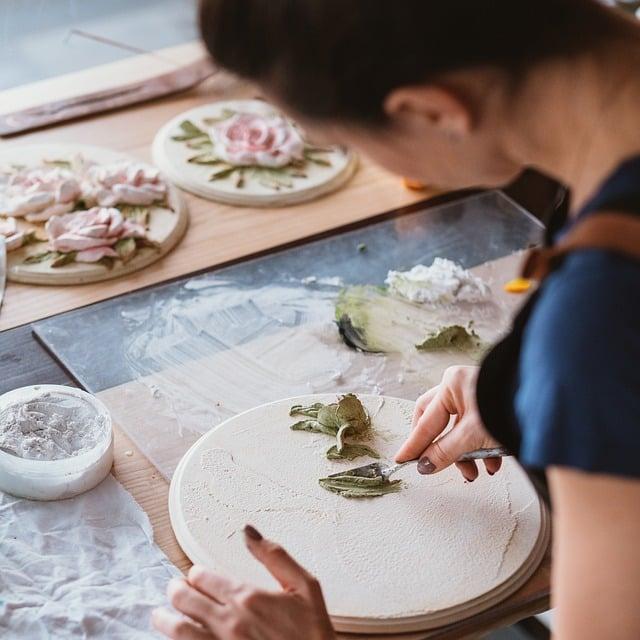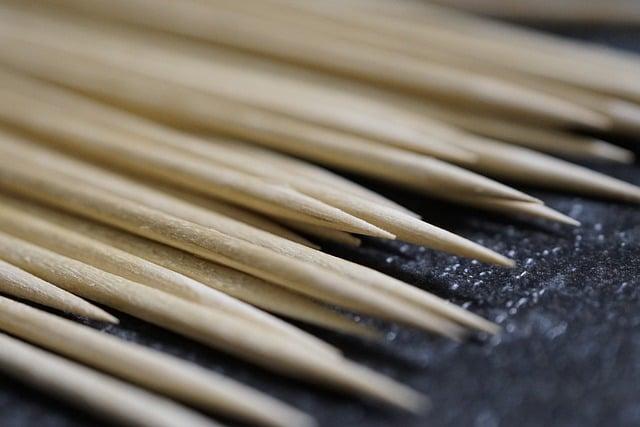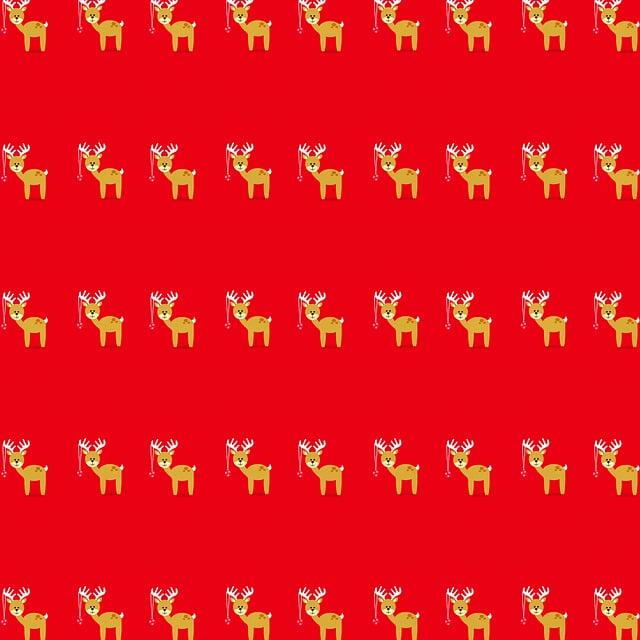In ancient times, as winter’s chill enveloped the land, people sought ways to celebrate the season’s warmth. The first wreaths were crafted from evergreen branches, symbolizing eternal life and hope. Romans adorned their homes with laurel wreaths during Saturnalia, while early Christians embraced the circular shape as a reminder of God’s unending love. Over centuries, this tradition evolved, blending cultures and customs. Today, Christmas wreaths, adorned with vibrant ribbons and ornaments, continue to grace doorways, inviting joy and warmth into our homes.
Table of Contents
- The Origins of Christmas Wreaths and Their Symbolism
- Crafting Traditions: How Wreath Making Evolved Through the Ages
- Materials and Techniques: A Guide to Creating Your Own Wreath
- Modern Interpretations: Embracing Creativity in Wreath Design
- Q&A

The Origins of Christmas Wreaths and Their Symbolism
The tradition of crafting wreaths dates back to ancient civilizations, where circular shapes symbolized eternity and the cyclical nature of life. The Romans, for instance, used laurel wreaths to honor victors and celebrate the changing seasons. As Christianity spread, the circular form of the wreath was adopted to represent the eternal love of God, with the evergreens used in their construction signifying everlasting life. This melding of pagan and Christian traditions laid the groundwork for the modern Christmas wreath, which has become a staple of holiday decor.
Today, Christmas wreaths are adorned with a variety of materials, each carrying its own significance. Common elements include:
- Evergreens: Symbolizing eternal life and resilience.
- Red Bows: Representing the blood of Christ and the joy of the season.
- Fruits and Berries: Signifying abundance and the promise of new life.
- Lights: Illuminating the darkness and symbolizing hope.
These decorative pieces not only enhance the festive atmosphere but also serve as a reminder of the deeper meanings associated with the holiday season, connecting us to traditions that have endured through the ages.

Crafting Traditions: How Wreath Making Evolved Through the Ages
The art of wreath making has a rich history that intertwines with various cultural traditions and seasonal celebrations. Originating in ancient Greece and Rome, wreaths were crafted from laurel leaves and used to crown victors in athletic competitions, symbolizing achievement and honor. As time progressed, these circular arrangements began to take on new meanings, particularly in the context of Christianity. The evergreen materials used in wreaths came to represent eternal life, while the circular shape symbolized the unending love of God. This transformation marked the beginning of wreaths as a staple in holiday decor, particularly during the Christmas season.
Throughout the centuries, the practice of wreath making has evolved, incorporating diverse materials and styles that reflect regional customs and personal creativity. In medieval Europe, for instance, wreaths adorned with fruits, nuts, and flowers were popular, showcasing the bounty of the harvest and the joy of the season. Today, wreaths can be found in a myriad of forms, from traditional evergreen designs to modern interpretations featuring **dried flowers**, **ribbons**, and even **ornaments**. This evolution not only highlights the adaptability of wreath making but also emphasizes its role as a canvas for artistic expression, allowing individuals to convey their unique stories and traditions during the festive season.

Materials and Techniques: A Guide to Creating Your Own Wreath
Creating your own wreath can be a delightful and fulfilling experience, allowing you to express your creativity while embracing the spirit of the season. To begin, gather your materials, which can include **fresh greenery** such as pine, fir, or cedar, as well as **dried flowers**, **berries**, and **ornaments** for added flair. A sturdy **wreath frame** made of wire or grapevine serves as the foundation, while **floral wire** and **hot glue** will help secure your decorations in place. Consider incorporating **natural elements** like pinecones or cinnamon sticks to enhance the sensory experience and evoke the warmth of the holidays.
When it comes to techniques, start by layering your greenery around the frame, securing each piece with floral wire to create a lush base. Once you have achieved your desired fullness, it’s time to add your decorative elements. Arrange your **ornaments** and **flowers** in a balanced manner, ensuring that they complement the greenery without overwhelming it. Don’t hesitate to experiment with different textures and colors to create a unique look that reflects your personal style. finish your wreath with a beautiful **ribbon** or bow, which can be hung on your door or displayed as a centerpiece, bringing a touch of festive cheer to your home.

Modern Interpretations: Embracing Creativity in Wreath Design
In the realm of wreath design, modern interpretations have taken a delightful turn, blending traditional elements with innovative flair. Today’s wreaths are not just seasonal decorations; they are expressions of personal style and creativity. Artisans and DIY enthusiasts alike are experimenting with a variety of materials, colors, and themes, allowing for a unique twist on the classic circular form. From vibrant florals to rustic twigs, the possibilities are endless. Some popular trends include:
- Mixed Media: Incorporating unexpected materials like fabric, metal, or even recycled items.
- Seasonal Themes: Designing wreaths that reflect not just Christmas, but also other holidays and seasons.
- Personalization: Adding monograms, family names, or custom messages to make each wreath one-of-a-kind.
Moreover, the rise of social media platforms has fostered a community of wreath makers who share their creations and inspire others. This collaborative spirit encourages experimentation and the blending of cultural influences, resulting in wreaths that tell a story or convey a message. Whether it’s a minimalist design featuring a single type of greenery or an extravagant arrangement bursting with color and texture, modern wreaths celebrate the artistry of their makers. Key elements that define this creative movement include:
- Eco-Friendly Practices: Utilizing sustainable materials and promoting environmental consciousness.
- Interactive Designs: Creating wreaths that invite engagement, such as those with interchangeable elements.
- Artistic Collaborations: Partnering with local artists to incorporate unique artistic touches.
Q&A
-
What are the origins of Christmas wreath making?
The tradition of making wreaths dates back to ancient times, with roots in pagan cultures that used circular shapes to symbolize eternity. The modern Christmas wreath, often made of evergreen branches, emerged in the 16th century in Germany, where it was used to celebrate the Advent season.
-
What materials are traditionally used in Christmas wreaths?
Christmas wreaths are typically crafted from a variety of natural materials, including:
- Evergreen branches – Symbolizing eternal life.
- Berries – Adding color and representing the blood of Christ.
- Pinecones – Often included for texture and rustic charm.
- Ribbons – Used for decoration and to add a festive touch.
-
How did wreaths become associated with Christmas?
Wreaths became associated with Christmas through their use in Advent celebrations, where they symbolize hope and the anticipation of Christ’s birth. Over time, they evolved into decorative pieces that adorn homes during the holiday season, representing joy and festivity.
-
Are there different styles of Christmas wreaths?
Yes, Christmas wreaths come in various styles, including:
- Traditional – Made with natural materials and often adorned with red bows.
- Modern – Featuring unconventional materials like metal or fabric.
- Rustic – Incorporating elements like burlap and twine for a cozy feel.
- Floral - Using seasonal flowers for a vibrant and fresh look.
As we hang our wreaths each holiday season, we connect with centuries of tradition and creativity. From ancient symbols of life to modern decor, the history of Christmas wreath making reminds us of the enduring spirit of celebration and togetherness.

大家好,我是彼得潘,專業的手法身體治療師。我喜歡探索和研究各種主題,並透過與人工智慧的合作分享專業、實用、有趣的文章。我們定期進行人工審核,以確保內容的準確性。如果您發現文章中有任何不準確的地方,請隨時與我們聯繫,我們會及時糾正。您可以透過 [email protected] 與我們聯繫。



